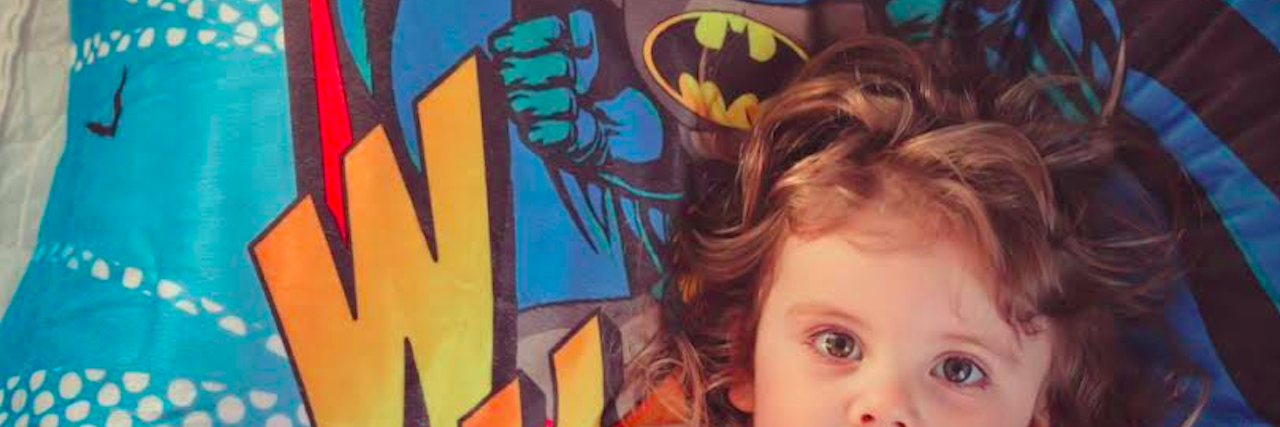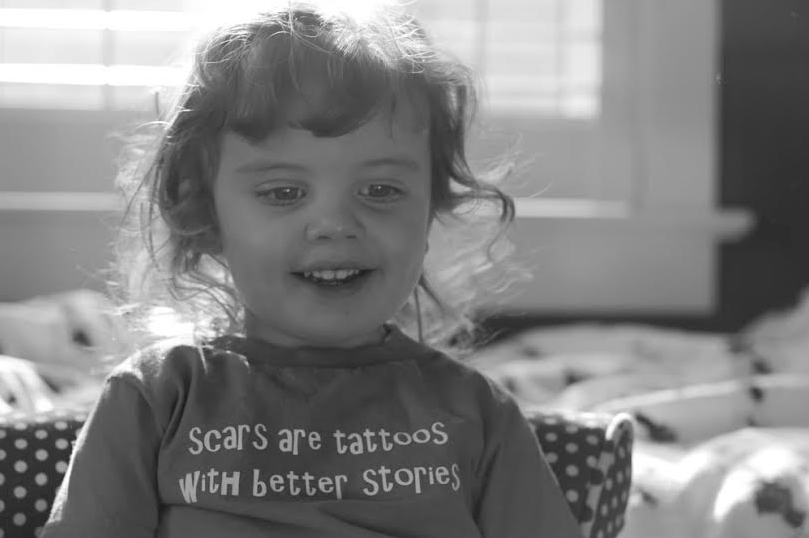Since my daughter, Red, was born, I continue to struggle with the way I see the world. The idea of a “cursed blessing” has been an ongoing theme in parenting a child with a rare disease in that the absolute horror of the disease, has forced an immense amount of wisdom that otherwise, would never have been acquired.
On diagnosis day, my world turned black and white. All the color, all the joy was drained from life and I began seeing things in absolutes. Once things became black and white, it was easier to identify actual problems. There became more “yeses” or “noes” and fewer “maybes.” Unhappy with your job? Find a new one or quit. Marriage on the fritz? Make it work or leave. Friends frustrating you off with menial crap? Confront them or edit them out. Struggling with work-life balance? Family comes first, get over it. Complaining about being unhealthy? Make changes or shut up.
It just got easier.
Big life decisions I would normally torment over now had a clear, instant solution. It was black or it was white. In parenting this way, the entire human condition was lost and the softness was gone. Parenting a child with an uncertain future carries parents into a world of weighty, color-blinding darkness. The black is grief. It is anger. It is hopelessness. It is the arsenic-plumed sky of our everyday with very little room for the light to seep in.
Seeing the world through a monochromatic lens is a form of survival. It’s autopilot. It’s evolution. And like all good evolutionary slaves, you either change or you die. It is not possible to live in color when your child is in pain. When, unnaturally, you may outlive them.
And while this is happening, life not so much marches as dances on behind your back despite your condemnation, grief and pain. Life finds the weakest crack in your armored world and bleeds red — striking, earthy, vivid red. Ironically, the language of hope is in full color, whether you are able to see it or not, it is there, patiently waiting to be absorbed into your experience as a parent.
Please know this: Eventually, after years of processing life in gradients of black and white, a wisp of yellow or a smear of pink will suddenly appear across your field of vision. Incredibly, you begin to see fragments of life the way it was before the diagnosis. The colors are brought forth from the simplest of things — the speech patterns of your 4-year-old daughter, the way your sick child breathes in the fresh air after life inside hospital walls. Sometimes the colors are just a flash. Sometimes they cascade over your day in brighter patches. Sometimes they don’t return for weeks or even months, but occasionally they bombard the picture so vividly it makes it all a wonder.
Dearest parent of a rare child, the point here is twofold. 1) You will never see in full color ever again. You are not meant to. Parenting a child with a rare disease dulls the platitudes of life, and thank God for it. Your energy is needed elsewhere. 2) When you do see in color, man oh man, do you really see the thing life is showing you. You miss fewer moments. You feel it sharply and slowly. You never miss the message and, as a result, you feel the meaningfulness, the joy and the beauty of it all on a level that did not exist before you lived in a world when your child could die.
And so, on days burdened with deeper blacks and muddier whites, I continue to look forward to times when life grabs my face with both hands and turns me towards the beautiful, oily landscape of color. Even if it’s just for a day.
This post originally appeared on My Rare Child.
Want to celebrate the human spirit? Like us on Facebook.
And sign up for what we hope will be your favorite thing to read at night.




